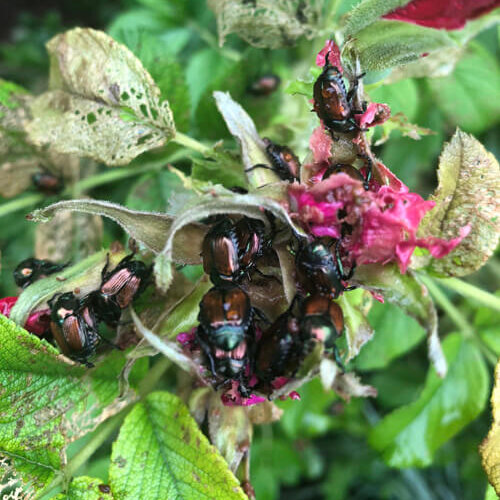Occasional Invader
Occasional Invaders Is Your Home Infested with Any of These Occasional Pests? Most occasional invaders enter structures because outside weather conditions become too hostile for their survival. However, occasional invaders are often just nuisance pests because they cannot survive for long periods of time indoors.
What are occasional invaders?
- Occasional invaders are rarely a threat to humans. The one exception would be scorpions who can sting and be dangerous to people. Most of the time the problem is that these pests are a nuisance, getting into everything. Occasional invaders often are a symptom of a larger problem.
- Occasional invaders are pests that tend to invade at specific times of year, and while they do not pose a direct threat to humans or pets they come into contact with, nevertheless present a severe nuisance for home and business owners to deal with.

Living most of their life outside, occasionally invaders are those pests that move into our homes or businesses to “occasionally” annoy us and cause us problems. Examples of occasional invaders that live throughout Central New York are Asian lady beetles, Box Elder Beetles, and stink bugs.

When living outside, occasional invaders create few problems for people or our properties, but when they move inside, they quickly become unwelcome visitors. When dealing with occasional invaders, it is key to put into place preventative pest control services to stop them before they have the chance to move inside.
Are occasional invaders dangerous?
Occasional invaders are not dangerous pests, but they certainly aren’t something you want to have in your home in large numbers. Once they move indoors, they are challenging to get rid of and often stain walls, furniture, curtains, and other items with their excrement. As for stink bugs, the name says it all: these pests emit a very foul-smelling odor.
Why do I have an occasional invader problem?
The biggest factor as to why occasional invaders move indoors is the weather. Occasional invaders live outside near homes and other structures, allowing them to easily move inside through cracks, crevices, and other openings to take advantage of our temperature-controlled buildings. Many occasional invaders move indoors in the late fall seeking warm shelter in which to overwinter. When the weather warms back up in the spring, they move back outside to continue their life cycle.
Where will I find occasional invaders?
When occasional invaders move into homes or businesses, they will move to dark, quiet places to overwinter. Attics, wall voids, and spaces under floors are common hiding spots for occasional invaders.
Where occasional invaders spend their time outside depends on their unique species:
Box Elder Beetles spend most of their life outside living and feeding on seed-bearing trees like boxelder trees, maple trees, ash trees, and cherry trees.
Asian lady beetles spend most of their time in gardens feeding on aphids and other garden pests.
Stink bugs are a type of agricultural pest and live outside feeding on and damaging fruits, vegetables, and ornamental plants.

How do I get rid of occasional invaders?
Occasional Invaders
Get rid of occasional invaders from your Central New York property with the help of local, experienced professionals. At Sweeney’s Pest Elimination, we have been protecting people and properties from our area’s most common pests for over 20 years.
If you are experiencing problems with occasional invaders, our professionals will take care of the problem and put into place the services needed to stop them from returning. To learn more about our residential or commercial pest control solutions and eliminate occasional invaders from your Central New York property, contact us at Sweeney’s Pest Elimination today!
How can I prevent occasional invaders in the future?
In addition to our professional pest control services, avoid future problems with occasional invaders by putting into place the following prevention tips:
Caulk any cracks in your foundation, exterior walls, and spaces around windows and doors.
Repair any holes found along the roofline, and fix roof damage.
Place weatherstripping around windows and doors.
Place mesh covers over vents and chimney openings.
Cut back shrubs, bushes, and other dense vegetation from the outside of your home.
Replace white outdoor lightbulbs with yellow or LED light bulbs, which are far less attractive to insects.
Keep outdoor lights off whenever possible.
Call Us Today For A Free Estimate!
Complete the form below to schedule your no obligation inspection.
{{feedback}}
Occasional Invader
{{Customer.fname}} {{Customer.city}}, {{Customer.state}}